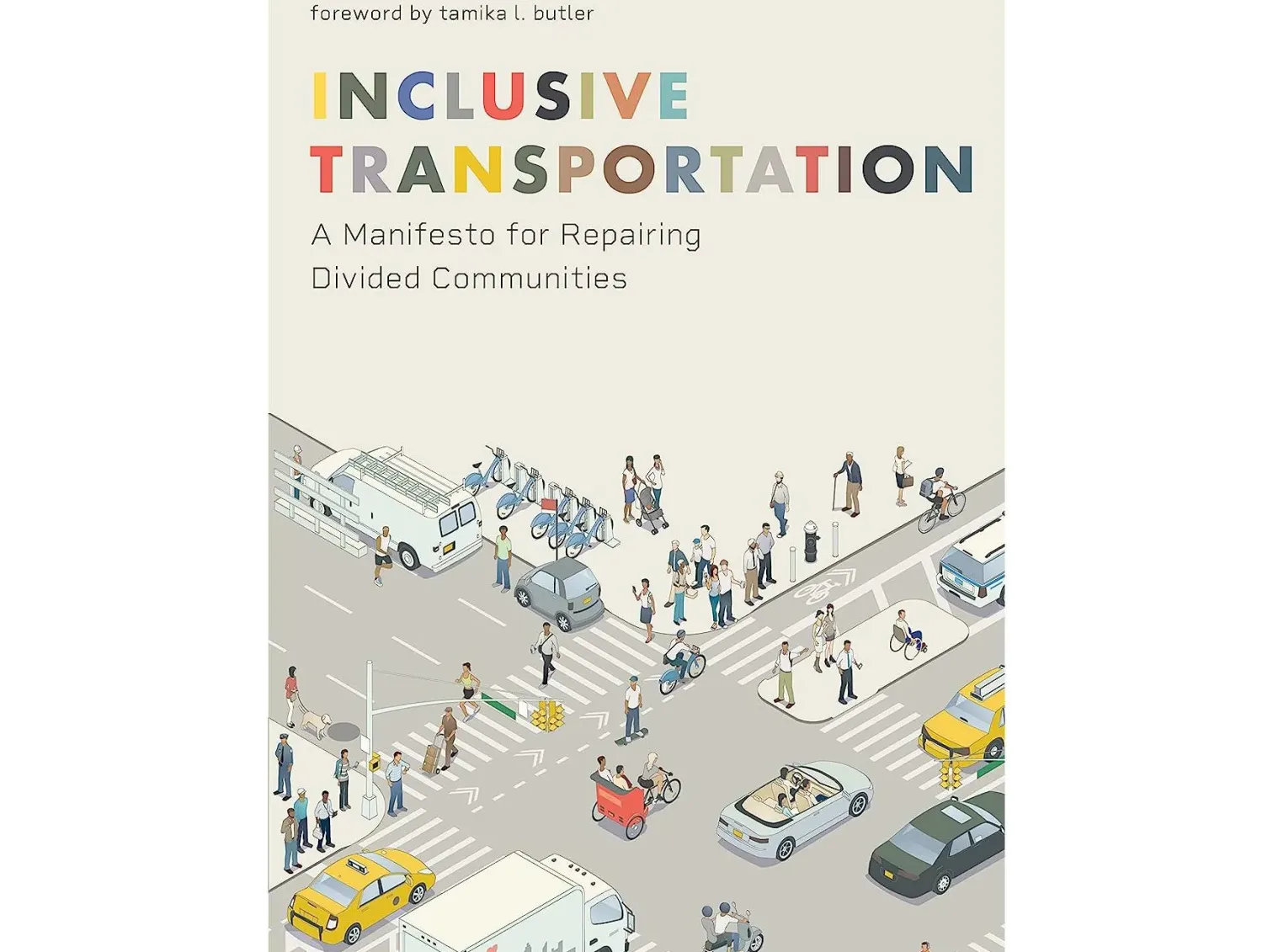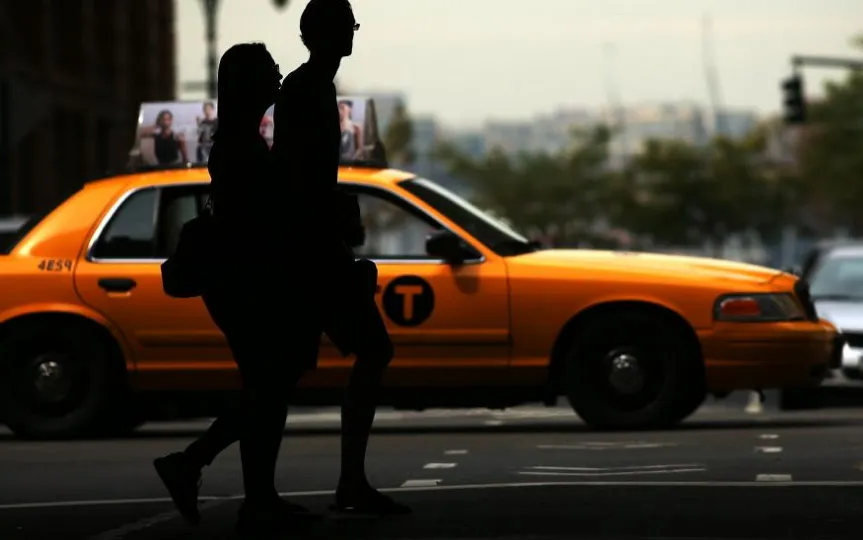Reclaiming the Roads: How ‘Vision Zero’ Could Transform American Car Culture
In spite of prioritizing personal vehicles in our national infrastructure for many years, there has been a significant shift in the way people travel nowadays. Besides planes, trains, and automobiles, modern individuals rely on a diverse range of transportation options such as e-scooters, city bikes, autonomous EV taxis, and internal combustion SUVs. As a result, accommodating these various modes of transport has become increasingly difficult, as it requires balancing the needs of all individuals in terms of physical ability and financial resources to ensure everyone can reach their destinations.
Inclusive Transportation: A Manifesto for Divided Communities, by civil engineer Veronica O Davis, highlights the many flaws (both procedural and structural) in America’s transportation infrastructure and urges urban planners to reexamine how their public works projects actually affect the people they are meant to serve. Davis deftly advocates a systemic revolution in transportation planning that calls for better and more effective training for civil engineers, more diverse voices in transportation planning projects, and to remove at least some of the divisive harms America’s past love affair with highways has caused. In the excerpt below, Davis examines the relative successes of Washington DC’s Vision Zero traffic safety program.

From Inclusive Transportation by Veronica O. Davis. Copyright © 2023 Veronica O. Davis.
Reassessing education policy
Policies create the basis for many decisions. For example, I worked with a city that had a policy that a curb could not be widened unless there were extenuating circumstances, and even then the answer was no. This meant that the carriageway could not be widened, but we could do a “science diet” or narrow the carriageway. For example, if the road was sixty feet wide from curb to curb, we only had sixty feet to work with as we developed options to move the growing number of people moving into the corridor. The city’s policy decision was “Work with what you’ve got, and if we’re going to spend money on a road, it’s not to widen it.”
Vision Zero could be the way forward as a general framework for changing political priorities, but it needs to be more than a plan and it needs to be developed with people. Vision Zero is a Swedish concept that recognizes that we are human and make mistakes, but our mistakes must not lead to serious injury or death. One thing that gets messed up when people in the US try to embrace Vision Zero is the conflation of the total number of accidents with the total number of accidents resulting in deaths and serious injuries. Vision Zero doesn’t demand perfect records and understands that crashes happen because we’re human. Instead, it argues, the focus should be on deaths and serious injuries. The distinction is important because crashes tend to happen all over the community and people walk away from fender benders and side swipes with little or no injuries. Barring a bad day, everyone is alive to recount the drama with their family and friends. But more serious collisions tend to cluster in certain communities. If you focus on accidents despite the injuries they cause, you can divert resources from communities that need them more because people die there.
Washington DC’s Vision Zero plan is a great example of both successful interactions and some shortcomings. In 2015, only a few US cities adopted Vision Zero. DC’s plan was one of the first in the United States to include extensive outreach during plan development. During the summer, we had ten meetings on the city streets, a youth meeting with more than two hundred young people, two meetings with special advocacy groups and meetings with more than 35 city agencies. We didn’t just inform people; we also engaged with them and used their feedback and stories to shape the plan. For example, after talking to young black teenagers at the Youth Summit, we removed all enforcement related to walking and biking. Young people told us that sometimes crossing the street in the middle of the block got them away from a crowd that might want to do them harm. Teenagers considered their risk of being the target of violence higher than their risk of being hit by a person driving a vehicle.
Additionally, we heard from people that when the police enforce walking and biking laws, the community and law enforcement are at odds with each other. In his research for the Arrested Mobility podcast, Charles T. Brown has documented how laws that prohibit walking are disproportionately enforced in black and brown communities, especially for men. DC’s Vision Zero plan instead focused enforcement on dangerous driving behaviors such as excessive speeding, driving under the influence, distracted driving and reckless driving.
In a world where we are scrutinizing policing more closely after the murder of George Floyd, I think plans that look at justice in this way should take one more step. DC’s Vision Zero plan rightly focused on behavior that leads to death and dying. However, the plan should have recommended a comprehensive evaluation of all traffic laws and the removal of those that are not supported by data or that did not lead to safer streets. If we are discussing data-driven approaches, laws should target behaviors that lead to accidents that result in death and serious injury.
Furthermore, this plan offered recommendations and strategies and did not go beyond that. After sharing the Vision Zero plan, communities are calling for safer streets. This brings to mind the Montgomery County debate [in Chapter 2] and the tension over who gets the resources. All streets could be safer, albeit gradually, and without guiding principles more of an “emergency room” structure. DC’s Vision Zero program resulted in resources being directed to where there was advocacy, but not necessarily to the areas that needed investment the most. If you have a similar opportunity, I would emphasize the importance of creating a framework where resources are allocated to communities and areas with high rates of death and serious injury, which are usually areas with high black, Latino, or low-income populations, or all of these.




